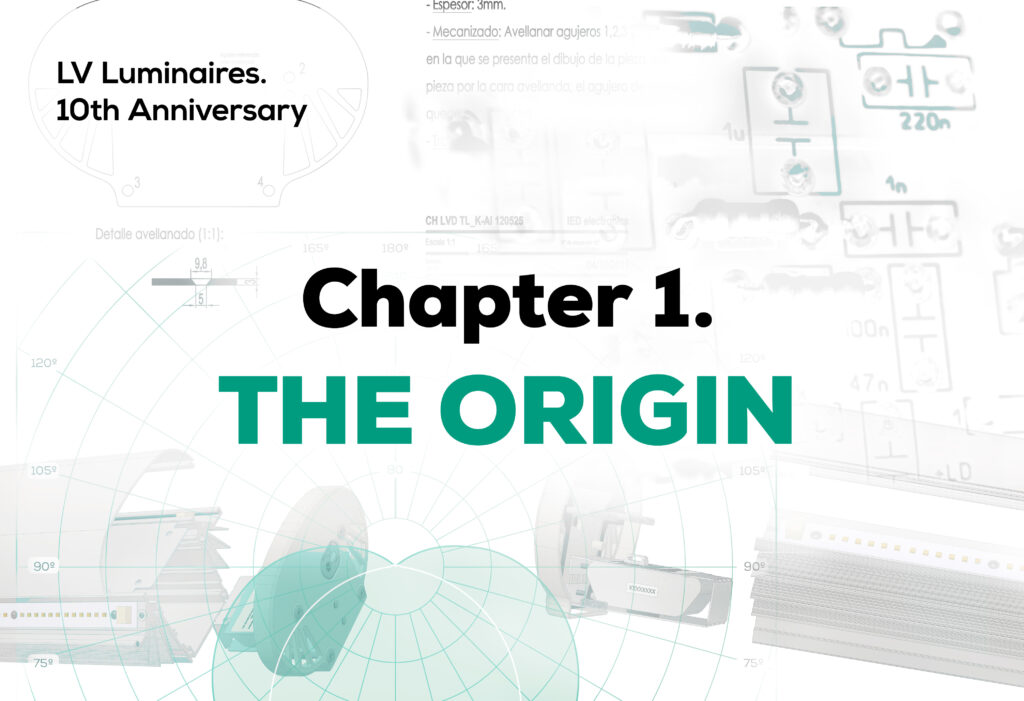2011. Sumelec Grupo, a leading supplier of electrical components and solutions for wind turbine manufacturers, is having problems identifying industrial luminaires with the right performance for operation in wind turbines. Basically, the existing ones do not meet the requirements, and making them comply is so costly that it is not worth it.
This is a moment in which luminaires are fluorescent, in which storage technologies still have Pb and Cd among their main elements, and in which it is not weird to see luminaires that are almost a meter long. Besides, integration in wind turbines is not easy, because of the regulations of each country and other multiple obstacles:
– The first problem appears before the commissioning. The transport and the ‘aggressive’ handling of the product cause such a sensitive element as the fluorescent to be affected. In fact, it is common practice to buy extra fluorescent lamps in order to avoid problems during installation.
– Another common problem appears in the connection phases, where generators are often used, which introduce power supply conditions outside the nominal range and often permanently damage the luminaire.
– A classic handicap is the drop in lighting performance at low temperatures, which obviously results in less-than-optimal lighting conditions in winter.
– A classic among classics (which is also common nowadays), is the poor behavior of luminaires (very large and with very sensitive fluorescent lamps) under big vibrations, which is particularly common in the hub.
These reasons (many others, more important, are discovered later) are the breeding ground for Julio Bustillo Campo, from SUMELEC, to propose to Iñigo Ayerra, from IED Electronics (a company dedicated to the development of electronic equipment for industrial applications), to work together to achieve a goal: to design and manufacture the luminaires of the future. They wanted to design and manufacture luminaires that would improve the safety of people during the operation and maintenance of wind turbines.
They soon found a thread to pull on. Some technologies, still in their beginnings, look very promising. Among them, LED is the most interesting, although it is still expensive and not consistently effective. At the same time, in the evolution of battery technologies, they identify an opportunity for study in order to understand the different chemistries, characterize their operation, improve their performance and apply them to the right environment. And finally, the most relevant decision is to put technologies and engineering and manufacturing capabilities at the application’s service, focusing all conceptualization, design, and development efforts on solving the problem identified. Without being fully aware of it, they are applying what years later #IED would define as “Electronicity“.
In this context, from an intimate and sufficient understanding of the problem, and through the desire to collaborate and apply “#Electronicity“, Julio and Íñigo begin to develop what they did not yet know, the LV luminaire.
In the next chapter… ‘ The first challenges‘.


